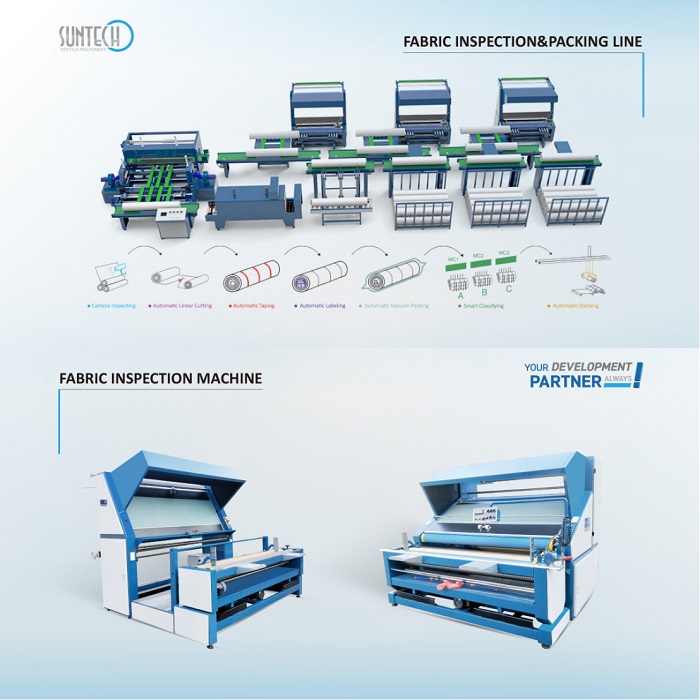In 2021, the covid-19 epidemic in various countries has eased, but it has made a comeback in India. At present, the number of confirmed diagnoses in India has reached more than 400,000. The out-of-control epidemic may cause a GDP loss of 1.5 trillion rupees in India. Judging from the reduction of GDP growth rate by major global institutions, the median is 0.75%. Using the nominal GDP of last year as a base figure, it can be roughly estimated that the loss of India’s GDP caused by the repeated epidemics is 1.5 trillion Indian rupees.(Click to share to LinkedIn)
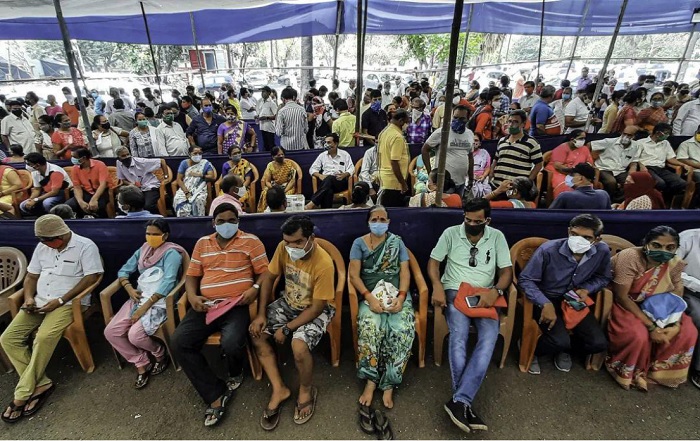
The recovery slows down, and inflation takes precedence. Since the 2020 epidemic, India has introduced large-scale stimulus policies, and the annual CPI growth rate was 6.2%, which is higher than the 4% policy target of the Central Bank of India. Due to the ferocity of the second epidemic, the Central Bank of India announced on April 7 that the benchmark interest rate remained unchanged at 4% and continued to implement a comprehensive loose monetary policy.
India’s industrial structure is more "exotic": from the perspective of the ratio of primary production, it is still an agricultural country, and from the perspective of the ratio of tertiary production, it has reached the level of developed countries. Agriculture is dominated by food planting, and the agricultural population accounts for 65.53%; the industry is dominated by labor-intensive industries such as family OEMs and small and medium-sized textiles and garments and handicrafts.
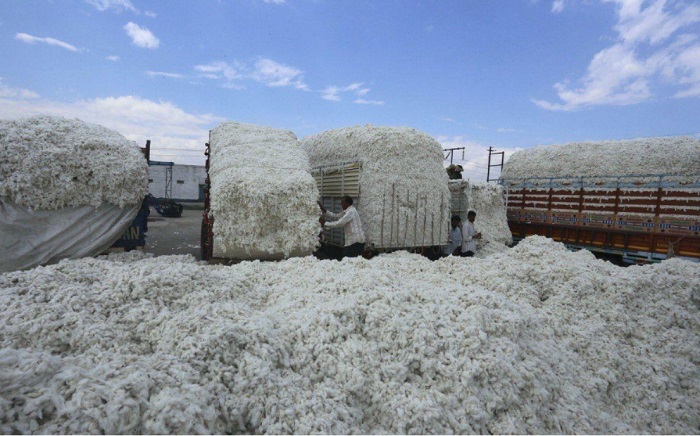
ers may partly flow back to China
The textile industry is a pillar industry of India’s exports, mainly exported to Europe and the United States. The main products include woolen fabrics, cotton textiles, silk fabrics, etc., accounting for about 12% of India’s export share. At the same time, the textile industry is also the backbone of India's domestic industrial production, contributing close to 2% of GDP and close to 7% of industrial output.(Click to share to Facebook)
Before the outbreak of the epidemic, India's textile and apparel exports had fallen by nearly 8% year-on-year in 2019, mainly due to the increasingly fierce competition in textile exports. Affected by the epidemic last year, the Indian textile industry has seen a large number of orders transferred to China, which has a greater impact on India's already stagnant textile industry. The second outbreak of the epidemic is superimposed on the strong demand for clothing after the liberalization of overseas economic activities, or a large number of European and American textile orders have been transferred. At present, Chinese companies have received return orders, and overseas return orders are expected to increase further in the second quarter.
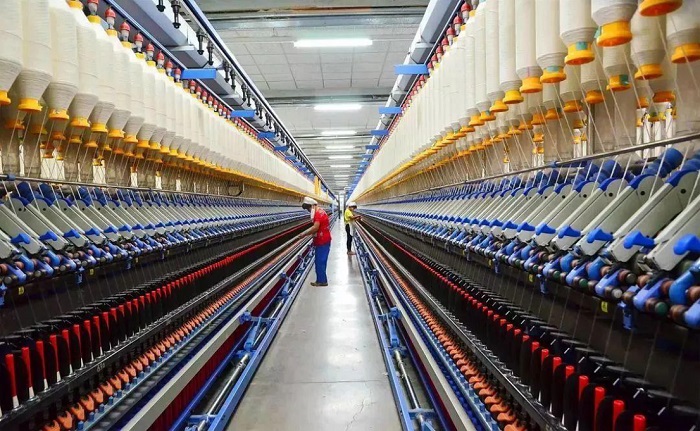
China Textile Market Research
In 2019, the total profit of China's industrial textile industry was 11.879 billion yuan, a decrease of 4.27% year-on-year. The industry’s average profit margin was 5.9%, a year-on-year decrease of 0.3 percentage points. The total profit in the first three quarters of 2020 was 28.568 billion yuan, a year-on-year increase of 240.07%.
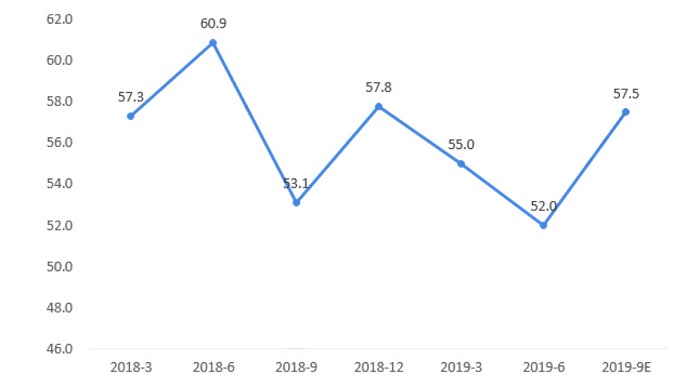
(China Textile Industry Prosperity Index)
According to the National Bureau of Statistics, in 2019, enterprises above designated size in the industrial textile industry (non-full scale) achieved operating income of 235.93 billion yuan, a year-on-year increase of 1.18%; the operating income of enterprises above designated size in the industry in the first three quarters of 2020 was 232.303 billion yuan. A year-on-year increase of 32.95%.
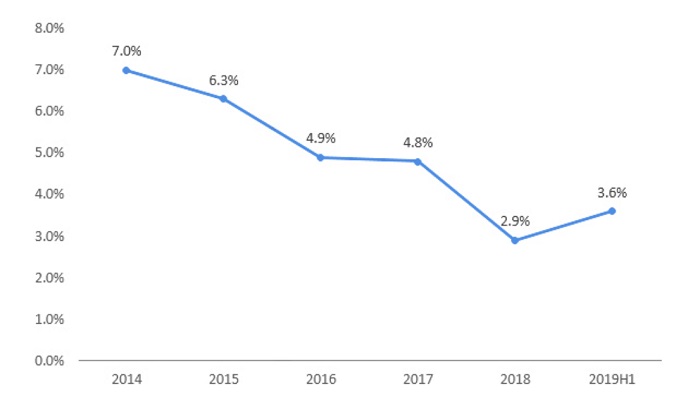
(Industrial added value of enterprises above designated size in the textile industry increased by% year-on-year)
According to statistics, from January to December 2020, national textile and apparel exports were US$291.22 billion, a year-on-year increase of 9.6%. Among them, clothing exports have been increasing for five consecutive months since July. In addition, there is also a very familiar product in textiles-masks. As the world's largest supplier of anti-epidemic materials, China has provided export guarantees for masks and other anti-epidemic materials to more than 200 countries. Now that the epidemic in India has broken out again, it will again promote the transfer of orders to my country's textile industry.
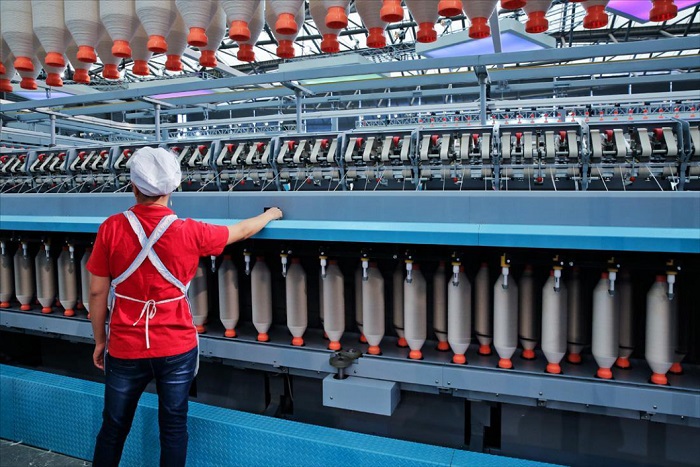
Intelligent fabric inspection machine
With the prosperity and development of the textile industry, the overall level of the textile industry is gradually improving, and stricter requirements are put forward for textile production efficiency and production quality. There are more and more quality problems and disputes, and fabric inspection has become an indispensable link.
Traditional manual fabric inspection workers can find up to 200 defects within 1 hour, and the manual fabric inspection concentration can be maintained for 20-30 minutes at most. Exceeding this time, fabric inspection will cause fatigue, and the fabric inspection speed is only 5-20 m/min. Exceeding this speed will lead to missed inspections. Moreover, labor costs are currently getting higher and higher, and the basic salary of a cloth inspector has reached seven or eight thousand, or even tens of thousands of yuan. Traditional manual inspection of cloth is not only low in efficiency, high in error rate, but also in high cost, which has been difficult to meet market demand.
The intelligent fabric inspection machine is the general trend of the textile industry. It is the embodiment of China's intelligent manufacturing. The fabric inspection machine can provide accurate and reliable fabric inspection data, record cloth defects and patch numbers in time, and provide customers with a complete fabric inspection roll inspection report sheet. This will be related to the fate of the fabric industry and the competitiveness of the international market.
The automatic fabric inspection machine can replace manual, automatic fabric inspection and classification, cutting and labeling of defects. The normal fabric inspection speed can reach 120m/min. It works by the terminal control system. The detected defects can be reported on the screen. The speed is fast and simple. It can adapt to high-frequency defects or new defects that rarely occur. It has memory Function, can calculate and deal with more defects.
The automatic fabric inspection machine can classify fabrics, perform statistical memory storage of inspected fabric defects, and realize fabric inspection automation. It is believed that after further research, automatic fabric inspection technology will gradually spread to all fabric enterprises and become an important part of automation.
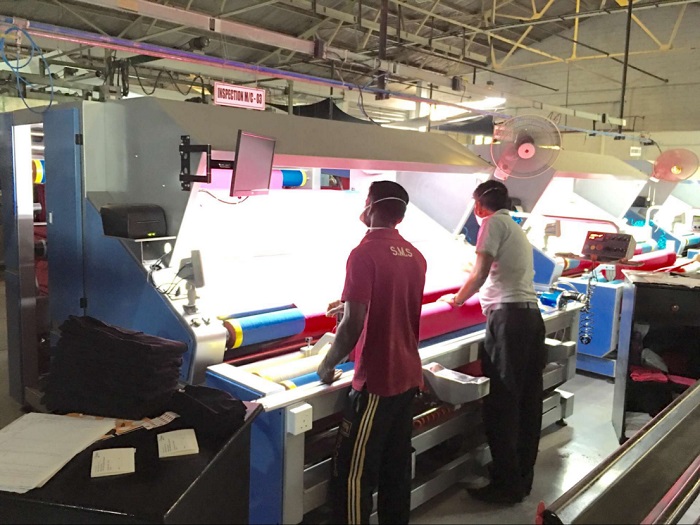
The basic structure of the fabric inspection machine includes
1. fabric unwinding, dragging and rewinding device;
2. Fabric inspection table, finishing source and lighting;
3. Marking device;
4. Fabric finishing device;
5. Starting, reversing and braking device.
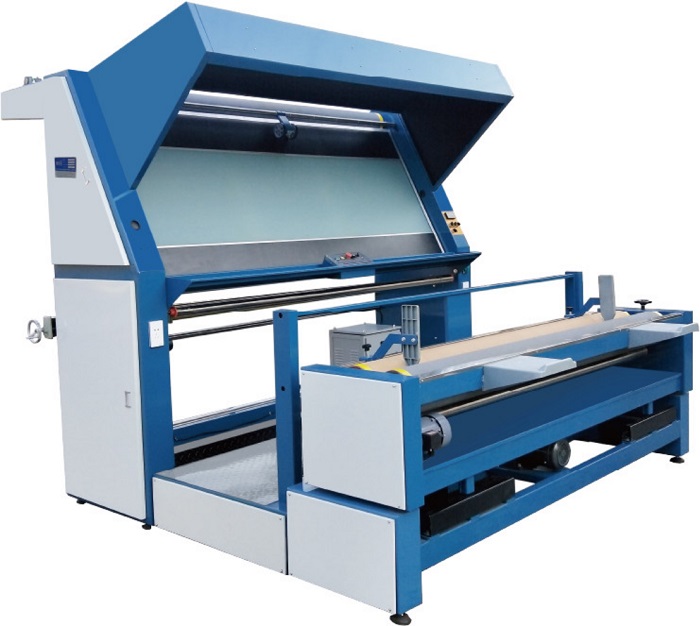
(suntech fabric inspecting machine)
The operating process of the cloth inspecting machine
Provides a hardware environment for fabric inspection, continuously unfolds the cloth in sections, and provides sufficient sources. The operator can observe surface defects and color differences by visual observation, and the fabric inspection machine automatically completes the length recording and post-package finishing work. The fabric inspection machine with good performance is equipped with an electronic defect inspection device, which is statistically analyzed by a computer to assist the fabric inspection operation and print out.
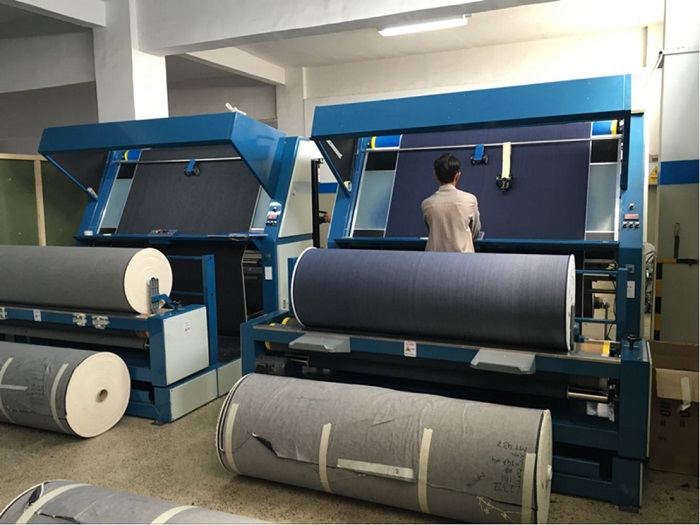
The inspection volume of Suntech intelligent fabric inspection machine is significantly higher than that of manual inspection, or even several times higher. The accuracy of fabric defect detection is more than 95%, and the rate of missed detection and misjudgment is less than 5%, and the indicators are significantly higher. For manual inspection of cloth. The inspection speed is generally up to 120m/min or more, and the highest is 300m/min. The inspection speed can be adjusted according to the needs. The actual inspection speed is related to the machine width and defects.
As an old fabric inspection machine manufacturer, Suntech has 50 years of technical precipitation and equipment manufacturing experience. It has more than 4,500 customers and 15,000 machine installation cases around the world. It specializes in the production of fabric inspection machines and fabric inspection packaging lines (including inspection Cloth machine and packaging machine), the materials used are 4MM A3 steel, and the key parts of the equipment are made of well-known brands: Chengbang motors, Delta inverters, Siemens contactors, Schneider buttons, and the quality is absolutely guaranteed. Manual, semi-automatic, and automatic fabric inspection machines can be customized according to user needs, all with a 13-month warranty and free random accessories such as optoelectronics, digital length gauges, etc., please inquire for details.
